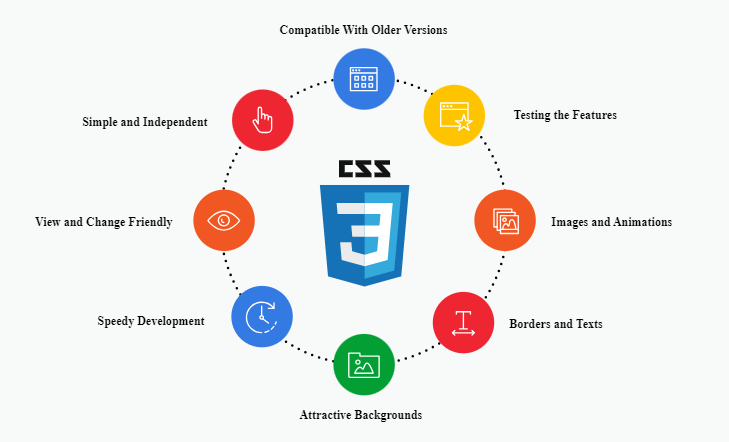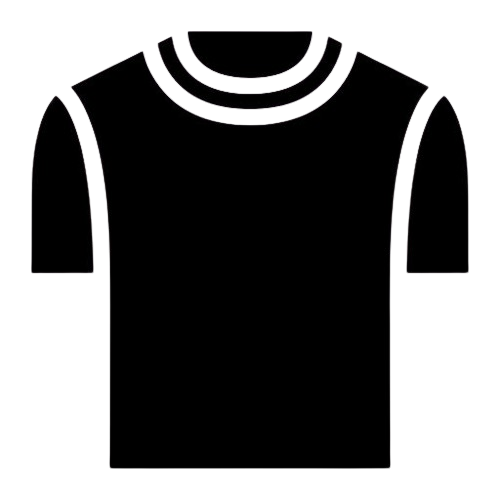Following Key Topics to Cover in Web Development with
css-
1) Introduction to css
- What is css?
- New Features and Improvements
- css Syntax and Selectors
- css Box Model
2) css Selectors
- Element Selectors
- Class and ID Selectors
- Attribute Selectors
- Pseudo-classes and Pseudo-elements
3) css Typography
- Font Properties
- Text Properties
- Text Effects
- Web Fonts
4) css Box Model
- Margin, Border, Padding
- Box-sizing Property
- Border-radius
- Box-shadow
5) css Colors and Gradients
- Color Properties
- Opacity and RGBA
- Linear and Radial Gradients
- Multiple Backgrounds
6) css Flexbox
- Introduction to Flexbox
- Flex Container and Flex Items
- Flex Direction and Flex Wrap
- Justify Content and Align Items
- Flex Grow, Flex Shrink, Flex Basis
7) css Grid Layout
- Introduction to CSS Grid
- Grid Container and Grid Items
- Grid Lines and Grid Gaps
- Grid Template Rows and Columns
- Grid Areas
8) css Transitions and Animations
- Transition Properties
- Transition Timing Functions
- Animating Properties
- Keyframes and Animation Properties
- Animation Timing Functions
9) css Transformations
- Translate, Rotate, Scale
- Skew and Perspective
- Transform Origin
- Transform Functions
10) css Media Queries
- Responsive Web Design
- Viewport and Device Width
- Media Query Syntax
- Breakpoints
11) css Flexbox and Grid
- Responsive Layouts with Flexbox
- Creating Grid Layouts
- Combining Flexbox and Grid
- Responsive Design Patterns
12) css Best Practices
- Code Organization and Naming Conventions
- Optimizing Performance
- Cross-Browser Compatibility
- Accessibility and SEO-Friendly CSS
Mastering Web Development with css is essential for
creating modern, responsive, and visually appealing
websites. This curriculum covers the fundamental
topics needed to style web pages using the latest css
techniques. By understanding these concepts, you can
create engaging user experiences and design beautiful
interfaces. Best of luck with your learning journey!


